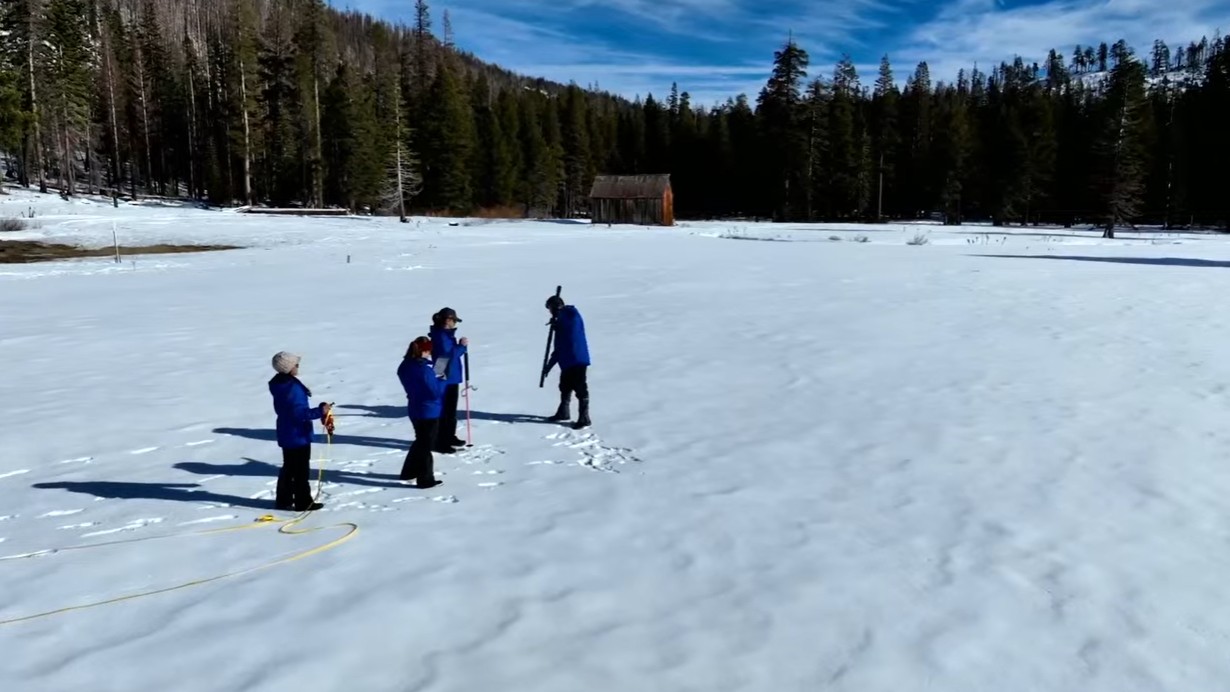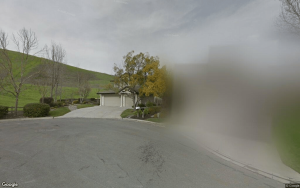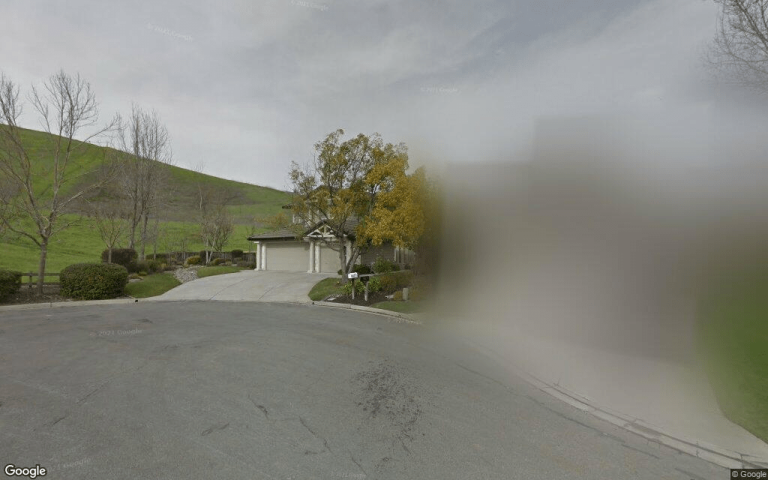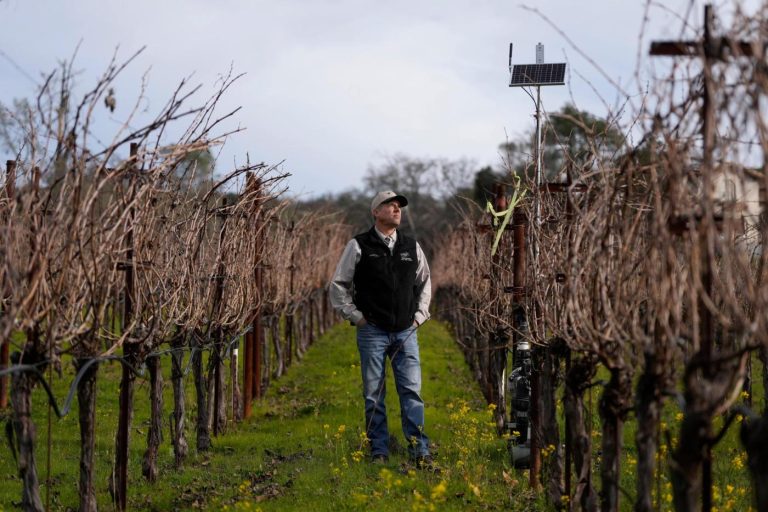California’s water outlook for 2025 is beginning on a positive note.
The statewide Sierra Nevada snowpack — which provides nearly one-third of California’s water supply — on Thursday was 108% of its historic average for Jan. 2, following a series of atmospheric river storms in the northern part of the state in late November and mid-December that boosted snow amounts and provided welcome conditions for skiers.
Add to that, California’s reservoirs are currently in better shape than normal. Significant rain and snow last year and in 2023 filled reservoirs across California. Much of that water is still there. On Thursday, the state’s major reservoirs were 121% of their historical average capacity for early January.
There are still roughly three months left in California’s winter snow and rain season, which typically ends in early April. Dry spells could shut off the precipitation, experts noted Thursday.
“We’re feeling good today, but we need to see some more storms to come,” said Andy Reising, manager of the Snow Surveys and Water Supply Forecasting Unit at the state Department of Water Resources.
Reising noted that January snow totals don’t always indicate how the winter will end. Last year, the statewide Sierra snowpack was 28% on Jan. 2, but by April 1, it had grown to 111% of normal. Conversely, in 2022, it was 150% on Jan. 2, but precipitation all but shut off after that, leaving the snowpack at just 37% of average by April 1.
This year, however, the reservoir levels, combined with a healthy snowpack now, mean water shortages are unlikely this summer in most cities across the state.
Officials from the California Department of Water Resources measure the snow on Thursday Jan. 2, 2025 at Phillips Station, an area 90 miles east of Sacramento off U.S. Highway 50 in El Dorado County. (Photo: Facebook DWR)
Shasta, the state’s largest reservoir, near Redding, was 77% full on Thursday, while Oroville, the second-largest, in Butte County, was 68% full, and San Luis Reservoir, east of Gilroy, was 69% full. To the south, Diamond Valley, a major off-stream reservoir in Riverside County that is key to water supplies in Los Angeles and surrounding cities, was 97% full.
Of particular note this year is the dramatic difference in precipitation between Northern California and Southern California.
The Northern Sierra snowpack on Thursday was 161% of its historical average. The Central Sierra snowpack was 94%. But the Southern Sierra was only 75% of average.
“Above the I-80 corridor, we got a ton of snow with those atmospheric rivers, but there is less and less as we move south,” Reising said.
Rainfall totals are even more dramatic.
Since Oct. 1, San Francisco has received 10.2 inches of rain, or 121% of normal. But Los Angeles has received virtually none at all — just .16 inches — over the same time, or 4% of its historical average. Sunny hot conditions have left fire risk high across Southern California through Christmas and New Year’s, even as fire season in Northern California all but ended around Thanksgiving when significant rainfall drenched the soil and vegetation.
Historically, Northern California receives more rain than Southern California, which is why nearly all of the state’s largest reservoirs were built in the north, said Jay Lund, vice director of the Center for Watershed Sciences at UC Davis. Much of that water is moved south to cities and farms through the massive systems of canals and pumps in the State Water Project and Central Valley Project.
“So far, this year is very unusual,” Lund said. “The north is unusually wet and the south is very unusually dry.”
From a statewide water perspective, Lund noted, if one part of the state has to be dry, it’s better that it be the south.
“If you had to pick a region to be dry, you’d rather it be the south because it doesn’t get much rain anyway and it imports much of its water from the north,” Lund said. “Los Angeles gets most of its water from places other than Los Angeles.”
California has struggled with three severe droughts over the past generation: From 2007-2009, then 2012-2016, and most recently from 2020-2022. Scientists say the warming climate is making droughts more severe — with hotter temperatures and greater fire risk. But when large atmospheric river storms do barrel in from the Pacific Ocean, the warmer temperatures enable them to evaporate more water, often resulting in huge blizzards and flood risk, creating a “weather whiplash” for California and other Western states.
Many experts say given that shift, the state needs to do more to capture water in the wet years to reduce the severity of shortages during droughts. Gov. Gavin Newsom has pushed for construction of Sites Reservoir, a $4.5 billion off-stream reservoir in rural Colusa County north of Davis that would be built in remote ranching areas, and divert some water in wet years from the Sacramento River to store for dry years.
The project, which is supported by President Biden and both of California’s senators, has secured most of its funding, and survived two lawsuits from environmental groups, which say it could harm fish in the Sacramento-San Joaquin River Delta. It needs to clear one last hurdle — obtaining water rights from the State Water Resources Control Board this year — before construction can begin.
Officials from the California Department of Water Resources measure the snow on Thursday Jan. 2, 2025 at Phillips Station, an area 90 miles east of Sacramento off U.S. Highway 50 in El Dorado County. (Photo: Facebook DWR)












